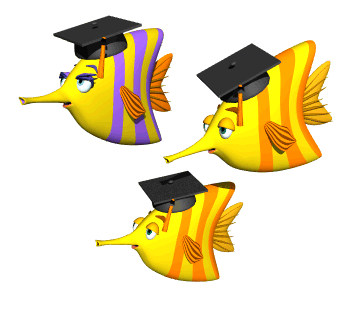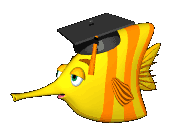Logo reference
What is Logo?
Logo is an educational programming language, designed in 1967 by Daniel G. Bobrow, Wally Feurzeig, Seymour Papert and Cynthia Solomon. Today the language is remembered mainly for its use of "turtle graphics", in which commands for movement and drawing produced line graphics either on screen or with a small robot called a "turtle". The language was originally conceived to teach concepts of programming related to LISP language and only later to enable what Papert called "body-syntonic reasoning" where students could understand (and predict and reason about) the turtle's motion by imagining what they would do if they were the turtle. (more info)
Our interpreter (derivative work from Joshua Bell's logo interpreter) uses a set of Logo primitives and procedures that are listed below:
|
Note: follow the links bellow to access the Berkley Logo Reference Manual published by Brian Harvey.
|

Bibliography / Further reading
"To become an able and successful man in any profession, three things are necessary, nature, study and practice." (Henry Ward Beecher)
• Logo Foudation
• The Logo Turtle by Seymour Papert et al
• BFOIT - Introduction to computer programming
• Berkeley Logo (UCBLogo) by Brian Harvey
• Berkeley Logo Reference Manual
• Logo, fractals and recursion by Eric Dobbs
• Logo 15 Word Contest



